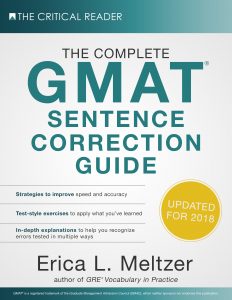The popularity of neo-Gothic architecture grew rapidly during the early nineteenth century, when increasingly influential admirers of medieval styles sought to replace the neoclassical aesthetic prevalent at the time.
(A) The popularity of neo-Gothic architecture grew rapidly during the early nineteenth century,
(B) The popularity of neo-Gothic architecture, which grew rapidly during the early nineteenth century,
(C) The popularity of neo-Gothic architecture has grown rapidly during the early nineteenth century;
(D) Neo-Gothic architecture growing rapidly in popularity during the early nineteenth century,
(E) Neo-Gothic architecture, whose popularity grew rapidly during the early nineteenth century,
Scroll down for the answer.
Answer: A
Sentence vs. Fragment, Non-Essential Clause, Semicolon, Verb Tense
(B) and (E) both contain non-essential clauses (which/whose popularity grew rapidly during the nineteenth century) that cannot be crossed out of their respective answers without creating nonsense constructions. As a result, both answers can be eliminated.
(C) can be eliminated as well because the sentence is clearly describing a scenario in the past, whereas the present perfect (has grown) is used for actions continuing into the present. In addition, the semicolon after century is incorrect because a semicolon can only be used to divide two sentences, and the statement after the semicolon is not a full sentence.
(D) is also incorrect because the gerund growing is used in place of a main verb, turning the sentence into a fragment.
The original version correctly supplies a verb in the past tense (grew) and does not create any additional errors.
